|
|
||
|
||
|
Privacy Policy | Editorial Policy | Profit Policy | Join the Association | List of Members | Contact us | Index | Links |
||
|
Back Go to page: 1 2 3 4 5 6 7 8 9 10 11 12 13 14 15 16 17 18 19 20 Forward
|
||
|
The People I meet.
|
||
|
|
||
|
Larissa Mialkousky, Savannah Callow and Trev Benneworth.
A week or so ago, I was at the Grand Central Hotel in Brisbane, enjoying a few drinks and the great company of a few blokes I had worked with in Madang PNG many moons ago. For those not familiar with the Grand Central, it is the hotel in Ann St, under Central Railway Station and opposite the ANZAC Memorial. Over the years it’s had a bunch of different names, but it’s still a great place for lunch and normally draws a huge crowd around midday.
We were chatting and reliving the time when we were all a lot younger and a normal day was having up to 30 active VFR aircraft on your board, all full reporting, on HF, receiving full traffic info, usually in crook weather and how after your shift you were normally shattered and looked forward to a bunch of green bottles and the debrief at the Madang Club. We were in a corner of the bar, having a great old time when unfortunately, someone let slip that I was ex-RAAF and had been, at one time, a Radtech Air.
Pandemonium erupted.
Girls came running from everywhere. Once they realised there was someone with Radtechitis in the room, they couldn’t help themselves and raw instinct over-ruled their normal tranquil demeanour and they had to drape themselves upon one’s self in an attempt to obtain some of that magnetic allure. They rushed past the dining patrons, lunch plates went flying left right and centre and it wasn’t until 20 or so heavily armed SWAT team members from the Qld Police arrived that order was once again restored.
Fame is such a burden.
|
||
|
|
||
|
Ex DCA Madang bods, Peter Davey, Bob Taylor, Jim Finnigan, Errol “Hajji” Barber, Trev Benneworth.
|
||
|
Motor Oil Viscosity Grades.
What does the SAE Viscosity rating on an oil container mean? and how do they come up with this rating? (SAE stands for Society of Automotive Engineers). The SAE has established a numerical code system for grading motor oils according to their viscosity characteristics. SAE viscosity gradings include the following, from low to high viscosity: 0, 5, 10, 15, 20, 25, 30, 40, 50 and 60.
Most of
the time when viscosity is explained, words are used that are too
technical for the average person to quickly grasp. This leaves them
still wondering what the viscosity
What does a 10W-30 oil do that an SAE 30 oil won't?
When you see a W on a viscosity rating it means that this oil’s viscosity has been tested at a colder temperature. The numbers without the W are all tested at 100° C which is considered an approximation of engine operating temperature. (In petrol engines, the top piston ring can expose the motor oil to temperatures of 1600 C while in diesel engines the top ring can expose the oil to temperatures over 3150 C. This is why you need a different oil for a diesel engine.)
In other words, the above example has a viscosity of 10 when the engine is cold and a viscosity of 30 when the engine warms up. It is called a ‘multi-grade’ oil. This allows the engine to get oil flow to where it is needed when it is started cold verses dry running until the oil either warms up sufficiently or is finally forced through the engine oil system. The advantage of a low W viscosity number is obvious, the quicker the oil starts to flow through the engine, the less the engine runs dry meaning much less engine wear.
A single grade oil, on the other hand, works the opposite way. An oil with a viscosity of (say) SAE 30 starts out at grade 30 when cold but “thins” out as it warms.
Basically to determine a single grade oil’s viscosity using a viscometer, a measured amount of oil is heated to 100° C then allowed to flow through an orifice and timed. Thicker or high viscosity oils will take longer to flow through the orifice in the viscometer and end up in higher number ranges such as SAE 50 or SAE 60. If an oil flows through faster because it’s thinner/lighter then it will wind up in a low number range such as SAE 10 or SAE 20.
When categorising multi-grade oils, they first reduce it to a colder temperature and measure it in the viscometer, then it is heated to 1000 C and measured again. If it performed as an SAE 5 oil at the low temperature and SAE 30 at the high temperature, it will be classified as SAE 5W-30.
You will often hear people say they wouldn't use a 5W-30 motor oil because it is, "too thin" but they would use a 10W-30 oil. At engine operating temperatures these oils are the same. The only time the 5W-30 oil is "thin" is at cold start up conditions where you need it to be "thin." Just ignore them!!
This leads to two questions,
1. How do they get an oil to flow in the cold when it is a thicker viscosity at 100° C?
The addition of Pour Point Depressant additives (VI) keep the paraffin in petroleum base oils from coalescing together when the temperature drops. Pour Point Depressants can keep an oil fluid in extremely cold temperatures, such as in the arctic regions.
2. Why don't we just use an SAE 10 motor oil so we can get instant lubrication on engine start up?
The
answer is simple, it would be a SAE 10 motor oil at 1000 C!
The lower the viscosity,
The VI additives have a double affect, they keep the oil fluid at cold temperatures and prevent it from thinning out at higher temperatures. The farther the temperature range required, like with a 10W-40 oil, the more VI additives are added.
Multi-grade motor oils perform a great service by not being too thick at cold starts and prevent engine wear by providing more instantaneous oil flow to critical engine parts. However, there is a draw back. These additives shear back in high heat or during high shear force operation and break down causing some sludging. What's worse is once the additive begins to be depleted the motor oil no long resists thinning so now you have a thinner motor oil at 100 degrees. Your 10W-30 motor oil can easily become a 10W-20 or even a SAE 10 motor oil. The more VI additive that is added, the worse the problem gets which is why car makers decided to steer car owners away from motor oils loaded with heaps of VI additives like the 10W-40 and 20W-50 viscosities.
The less change a motor oil has from high to low temperatures gives it a high Viscosity Index. Synthetic motor oils that are made from Group IV (4) PAO base stocks have Viscosity Indexes of more than 150 because they are manufactured to be a lubricant and don't have the paraffin that causes the thickening as they cool. But petroleum based motor oils (Group I (1) & II (2)) usually have Viscosity Indexes of less than 140 because they tend to thicken more at the colder temperature due to the paraffin despite the addition of Viscosity Improving additives. The higher the Viscosity Index number the less thinning and thickening the motor oil has. In other words, high number good, low number bad. Low numbers thicken more as they cool and thin more hot. You see these Viscosity Index ratings posted on data sheets of motor oils provided by the manufacturer – but you have to look for them, they are not normally easy to find.
As already mentioned, VI additives can shear back under pressure and high heat conditions leaving the motor oil unable to protect the engine properly under high heat conditions and can also cause sludging. Also there is a limit to how much viscosity improving additives can be added without affecting the rest of the motor oil's chemistry. Car makers have moved away from some motor oils that require a lot of viscosity improving additives, like the 10W-40 and 20W-50 motor oils, to blends that require less viscosity additives like the 5W-20, 5W-30 and 10W-30 motor oils. Because stress loads on multi viscosity motor oils can also cause thinning many racing car owners/drivers choose to use a straight weight petroleum racing motor oil or a PAO based Synthetic which do not have the VI additives.
Fully synthetic oils (Group IV) are chemically made from uniform molecules with no paraffin and generally don't need Viscosity Additives. However, in recent years Group III based oils have been labelled "synthetic" through a legal loophole. These are petroleum based Group II oils that have had the sulphur refined out making them more pure and longer lasting. Group III "synthetic" motor oils must employ Viscosity Additives being petroleum based.
If you can, you should use synthetic Group IV oils as they are compatible with petroleum based oils and fuels plus they have better seal swell than petroleum. These oils use no Viscosity Index additives yet pass the multi-grade viscosity requirements as a straight weight! This makes them ideal over a greater temperature range and because they don’t have to add Viscosity Improving additives, they can load it with more longevity and performance additives which will keep the oil cleaner for longer and you’ll get better mileage/horsepower.
And change your oil and filter every 10,000 klms – oil is a lot cheaper than an engine rebuild.
|
||
|
I am a Seenager. (Senior teenager). I have everything that I wanted as a teenager, only 60 years later. I don’t have to go to school or work. I get an allowance (pensions). I have my own pad. I don’t have a curfew. I have a driver’s licence (so far) and my own car. I have an ID that gets me into bars and a liquor store. The people I hang around with are not scared of getting pregnant and I don’t have acne.
Life is great.
|
||
|
A Pretender.
Someone sent us the pic below and suggested that perhaps Sambo also has been inflicted with Radtechitis as he seems to be able to attract all the pretty girls in Brisbane. Now, we know Sambo and that just didn’t ring true to us, we’re sure Sambo wouldn’t know the difference between a diode and a didgeridoo, so we decided to do some super sleuthing.
|
||
|
|
||
|
John “Sambo” Sambrooks and Sarah Danielle.
|
||
|
After checking around and asking a bunch of questions, we found out why Sambo is in such huge demand – click HERE.
|
||
|
Navy Captain announced as Telstra Business Woman of the Year, 2015.
Is this a joke???
"Captain Mona Shindy was awarded the
Telstra Business Woman of the Year Award for 2015. The Royal
Australian Navy Weapons Electrical Engineering Officer, Captain Mona
Shindy has been named the 2015 Telstra Australian Business Woman of the
Year. Currently Director Littoral Warfare and Maritime Support and
former head of the Fast
Captain Shindy has combined a 26 year naval career with sea time and motherhood, and is also Chief of Navy's Strategic Adviser on Islamic Cultural Affairs. She attributes her success to her values of collaboration, inclusion and empowerment.
"As a senior military officer and engineer, project director and business leader, being successful as a female has always just been one piece of the puzzle," she said. "Effecting necessary change, in business practice or community attitudes, requires strong leadership by example. "It requires creating environments where people are encouraged to collaborate and innovate, where all contributions are respected and valued, where there is a strong sense of belonging and personal responsibility, then people and organisations are empowered to be their best and to give their best."
"Mona’s ability to unify and inspire as a leader in a traditionally male dominated industry has created lasting business improvement and made way for real change within the Navy. She has faced numerous challenges throughout her career and has met them with resilience and drive.
The Telstra Awards Judges noted Captain Shindy’s sharp financial acumen in managing substantial budgets and more broadly, her dedication to building and strengthening bridges between the Islamic community and the Navy."
Has everyone gone mad?? Business??? Is the Navy now a business?? or dare I say it - do you think there was an ulterior motive here?? - tb. |
||
|
|
||
|
|
||
|
|
||
|
|
||
|
Back Go to page: 1 2 3 4 5 6 7 8 9 10 11 12 13 14 15 16 17 18 19 20 Forward |
||
|
|

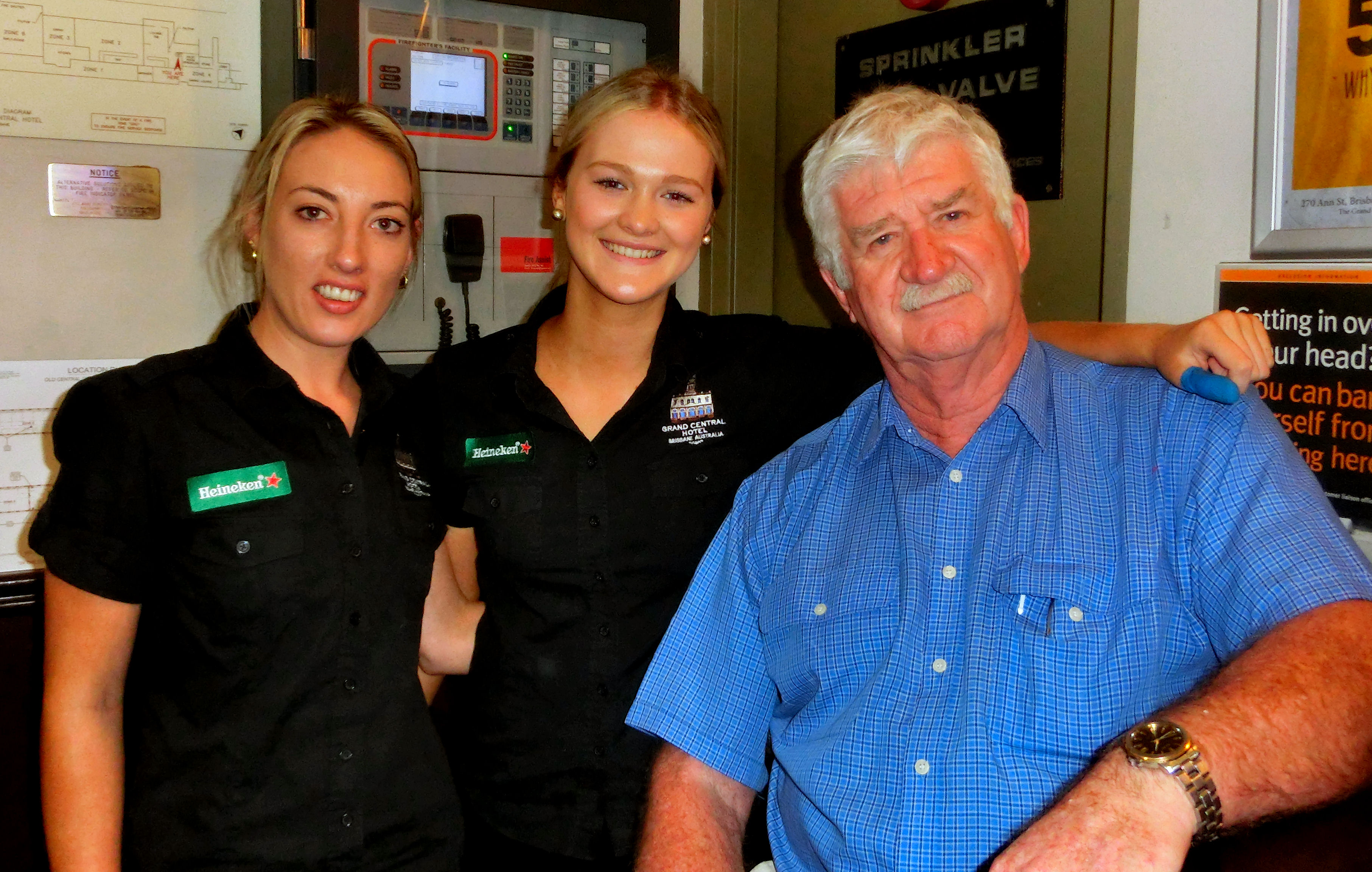
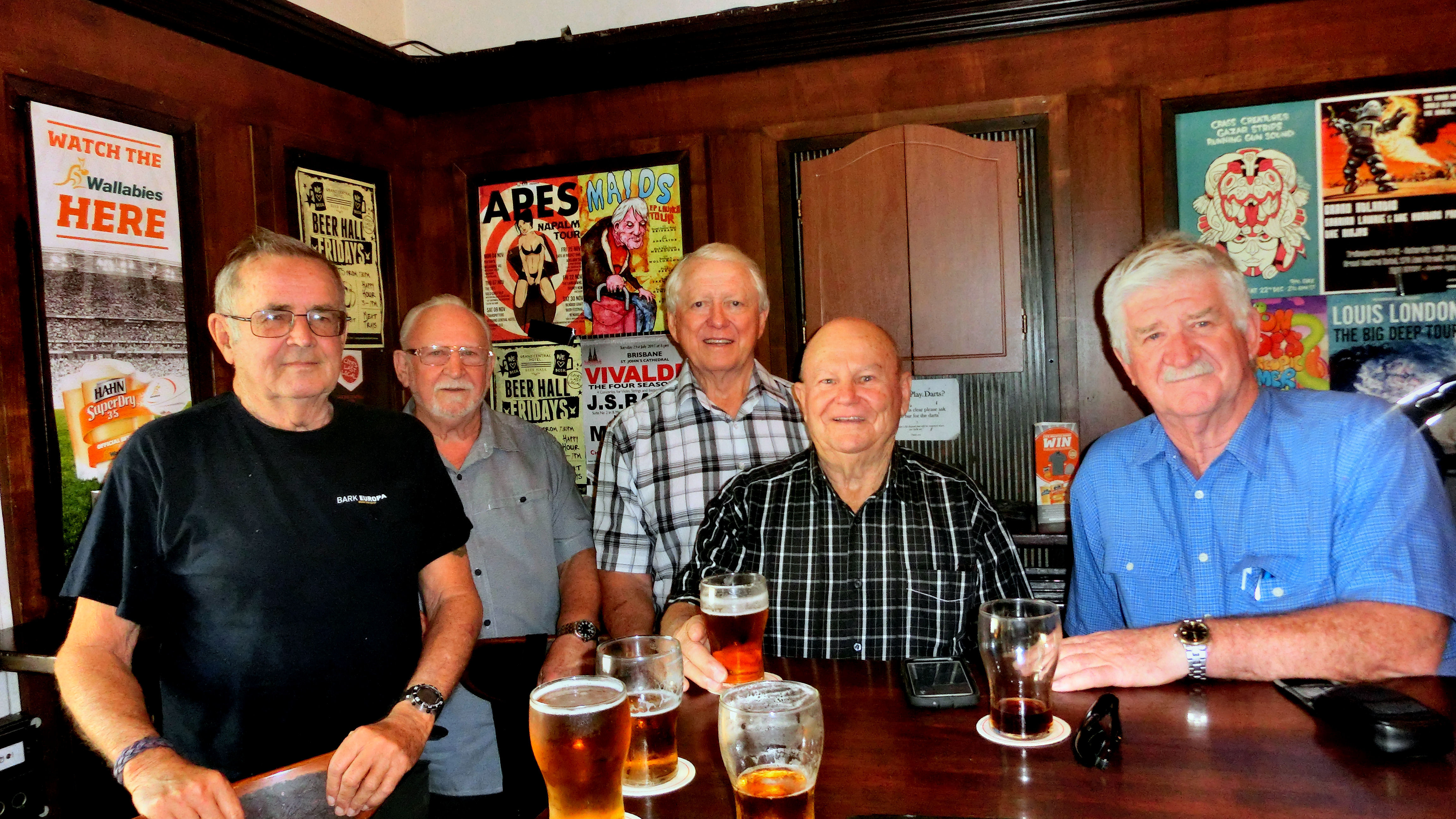
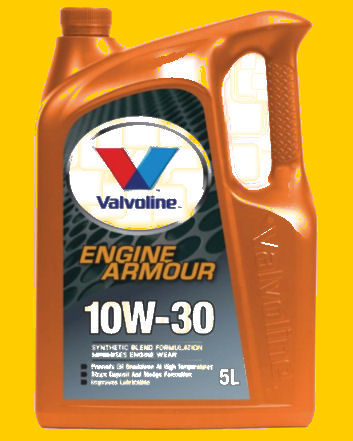 numbers really mean on a bottle of
motor oil. Simply put, viscosity (or grade as it is more often called)
is the oil's resistance to flow or, for the layman, an oil's speed of
flow as measured through a device known as a
numbers really mean on a bottle of
motor oil. Simply put, viscosity (or grade as it is more often called)
is the oil's resistance to flow or, for the layman, an oil's speed of
flow as measured through a device known as a
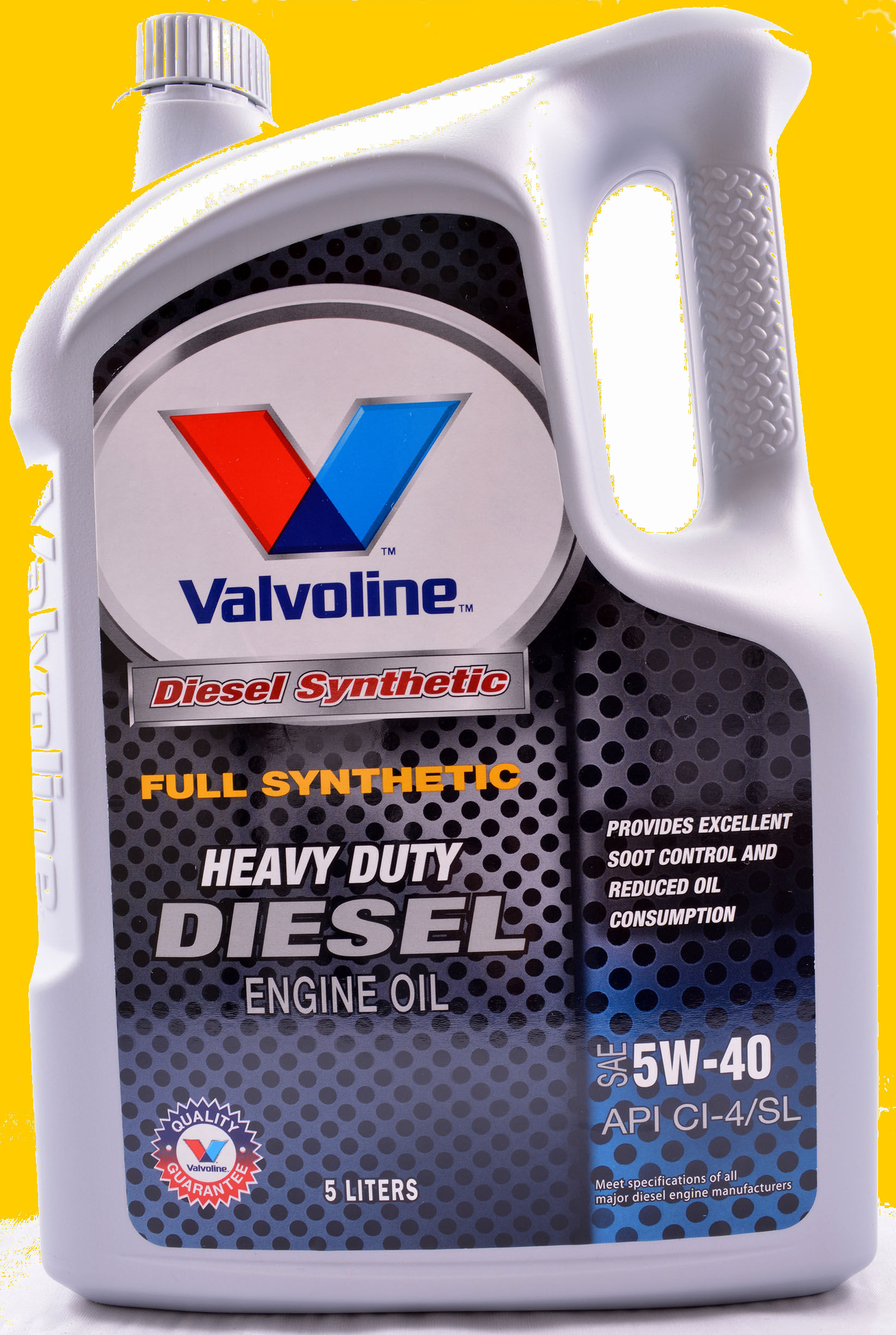 the more wear will inevitably occur. This is
why it is best to use the proper oil viscosity recommended by the auto
manufacturer as it will protect hot and at cold start ups. Obviously a
SAE 10 motor oil won't have the film strength to prevent engine wear at
full operating temperature like a 5W-20, 10W-30 or 5W-30 motor oil.
the more wear will inevitably occur. This is
why it is best to use the proper oil viscosity recommended by the auto
manufacturer as it will protect hot and at cold start ups. Obviously a
SAE 10 motor oil won't have the film strength to prevent engine wear at
full operating temperature like a 5W-20, 10W-30 or 5W-30 motor oil. 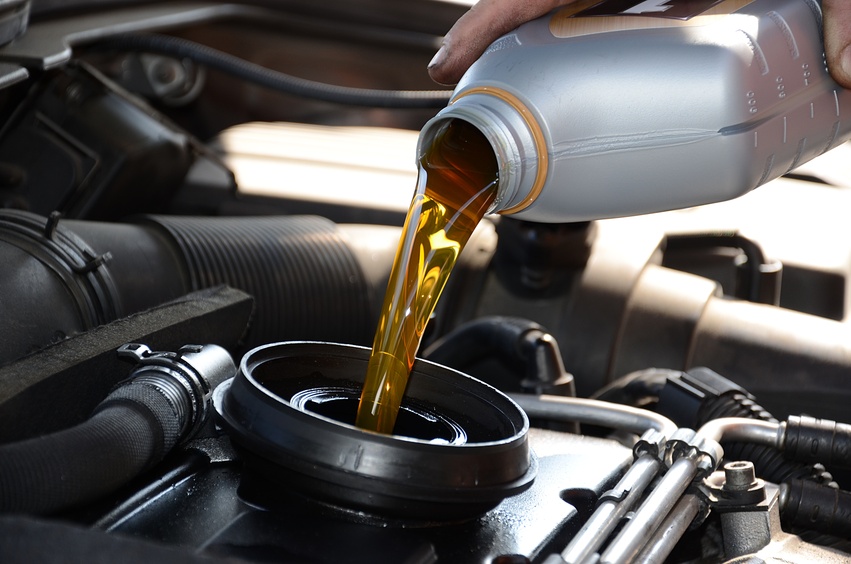
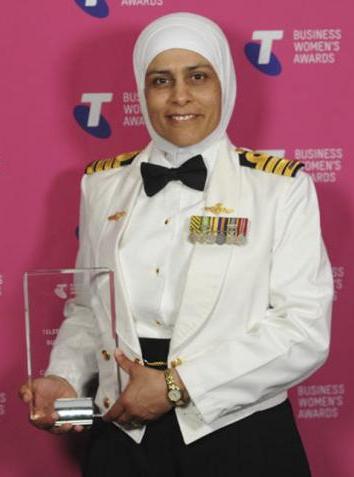 Frigate System Program, Captain Shindy was recognised for her excellence
in managing multi-million dollar budgets to support the Navy's fleet.
Frigate System Program, Captain Shindy was recognised for her excellence
in managing multi-million dollar budgets to support the Navy's fleet.